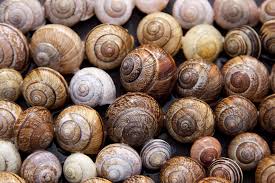Stamp: Goliath Conch (Strombus goliath) (Brazil 1977)
Goliath Conch (Strombus goliath) (Brazil 1977)
14 July (Brazil ) within release Fauna goes into circulation Stamp Goliath Conch (Strombus goliath) face value 1.30 Brazilian cruzeiro
| Stamp Goliath Conch (Strombus goliath) in catalogues | |
|---|---|
| RHM: | RHM:BR C-993 |
Stamp is square format.
Also in the issue Fauna:
- Stamp - Helmet Vase (Vasum cassiforme) face value 1.30;
- Stamp - Goliath Conch (Strombus goliath) face value 1.30;
- Stamp - Thin-bladed Murex (Murex tenuivaricosus) face value 1.30;
|
Data entry completed
50%
|
|
|---|---|
| Stamp Goliath Conch (Strombus goliath) in digits | |
| Country: | Brazil |
| Date: | 1977-07-14 |
| Perforation: | 11¾ |
| Emission: | Commemorative |
| Format: | Stamp |
| Face Value: | 1.30 Brazilian cruzeiro |
Stamp Goliath Conch (Strombus goliath) it reflects the thematic directions:
A seashell or sea shell, also known simply as a shell, is a hard, protective outer layer created by an animal that lives in the sea. The shell is part of the body of the animal. Empty seashells are often found washed up on beaches by beachcombers. The shells are empty because the animal has died and the soft parts have been eaten by another animal or have rotted out. The term seashell usually refers to the exoskeleton of an invertebrate (an animal without a backbone). Most shells that are found on beaches are the shells of marine mollusks, partly because many of these shells endure better than other seashells.
Animals are multicellular, eukaryotic organisms of the kingdom Animalia (also called Metazoa). All animals are motile, meaning they can move spontaneously and independently, at some point in their lives. Their body plan eventually becomes fixed as they develop, although some undergo a process of metamorphosis later on in their lives. All animals are heterotrophs: they must ingest other organisms or their products for sustenance.


